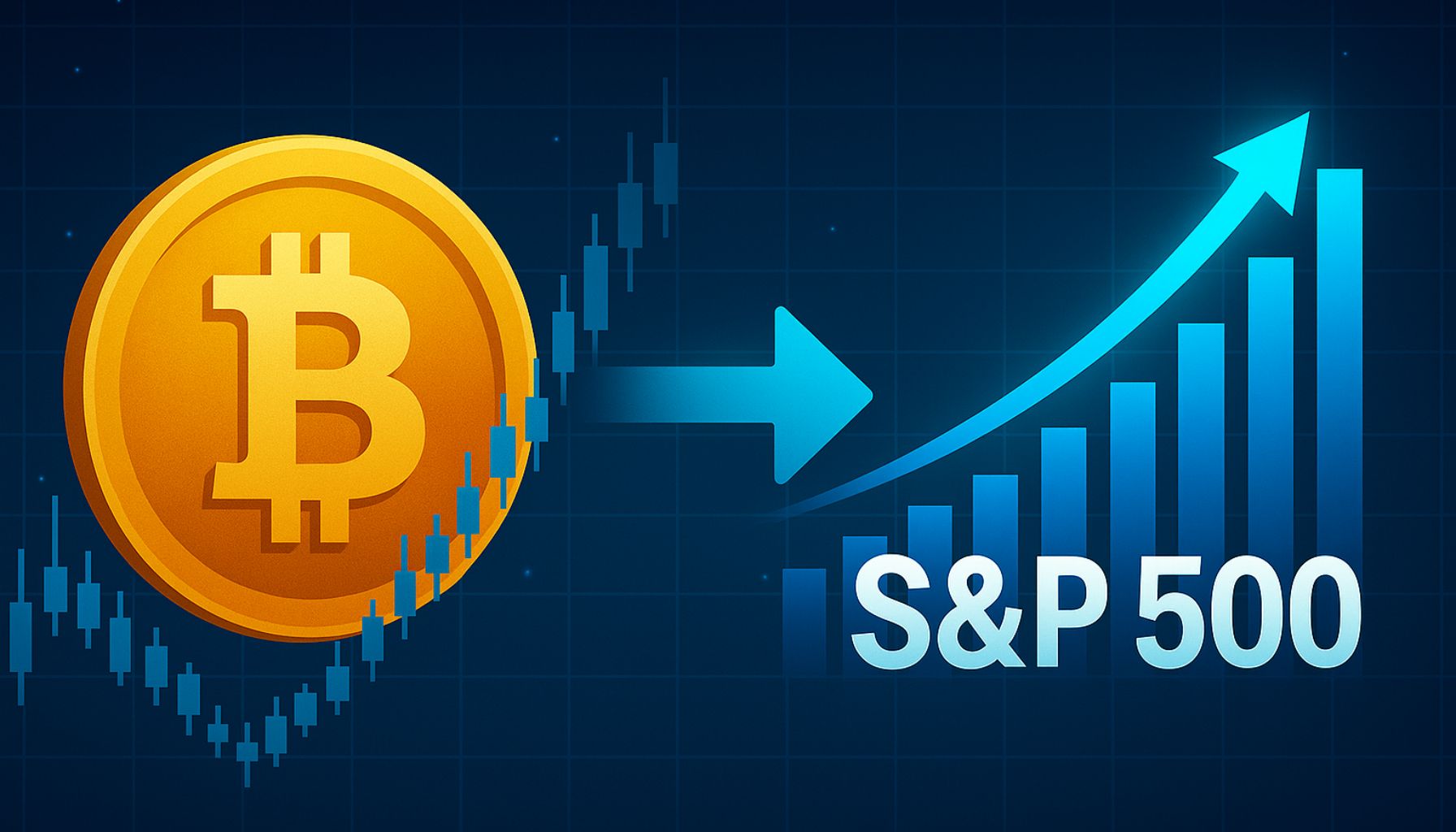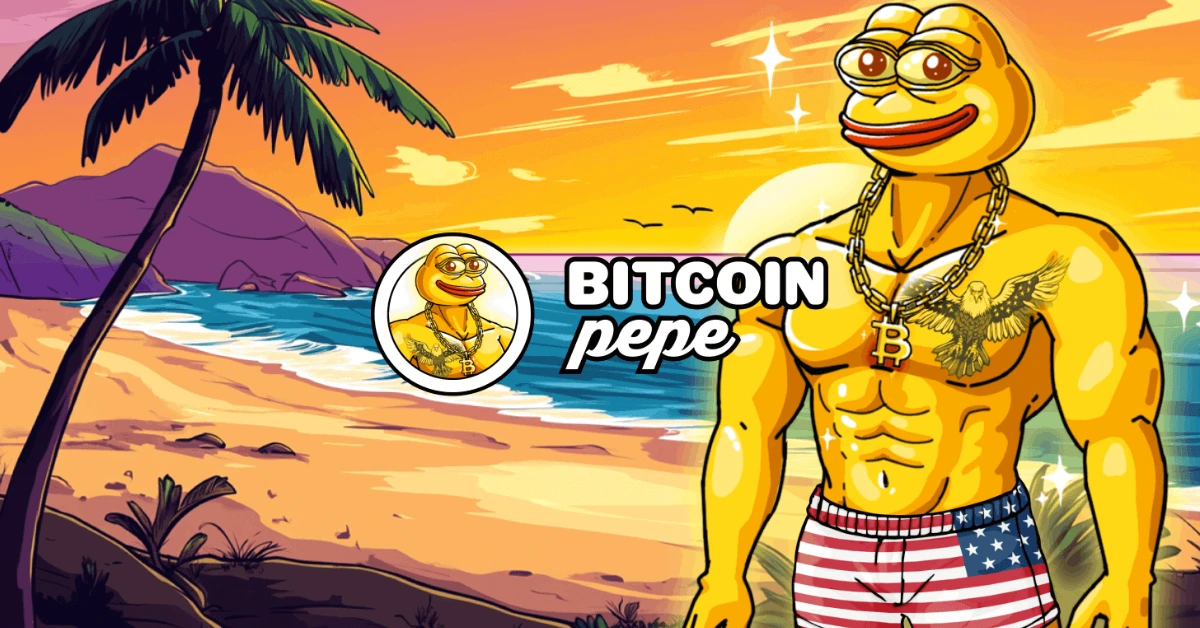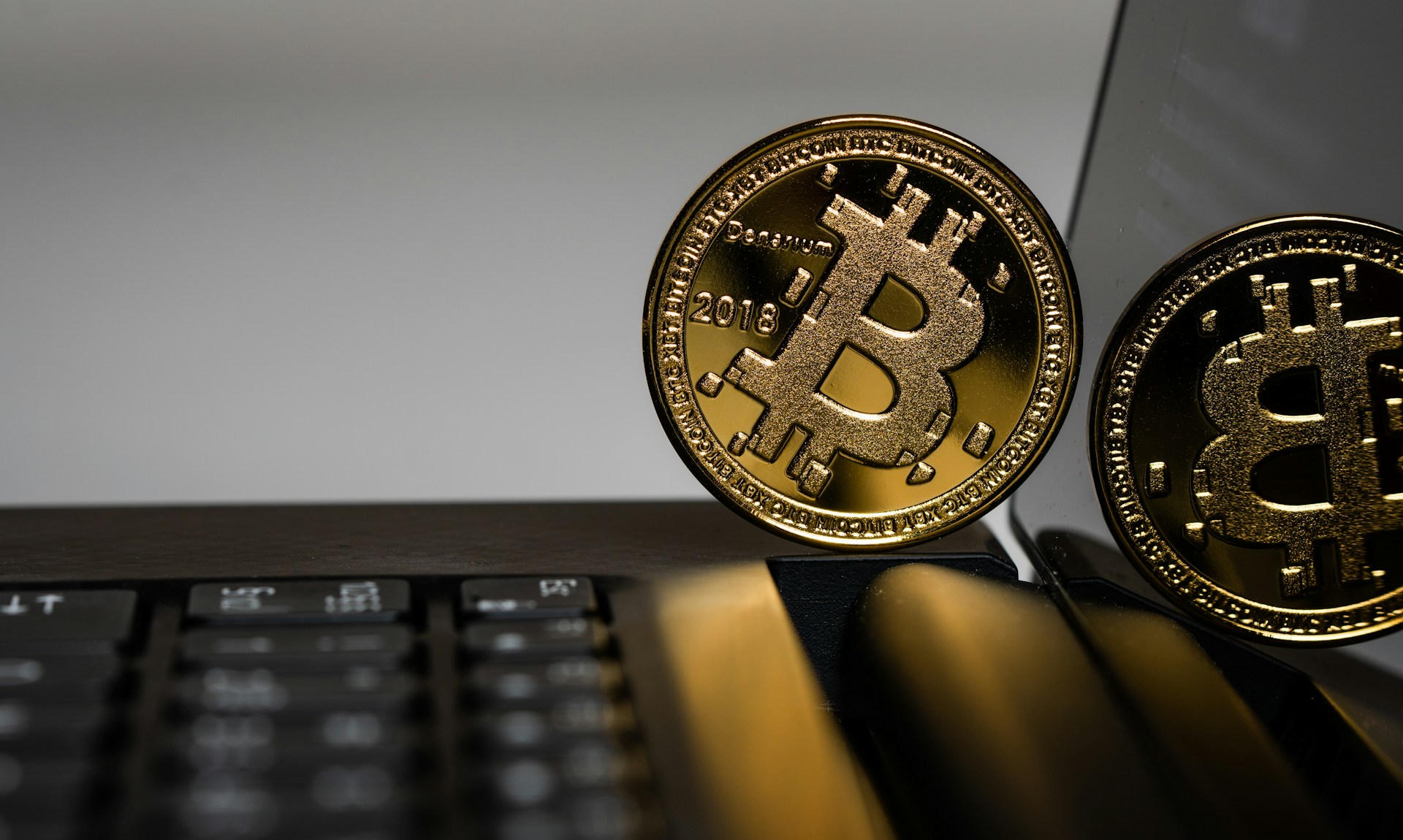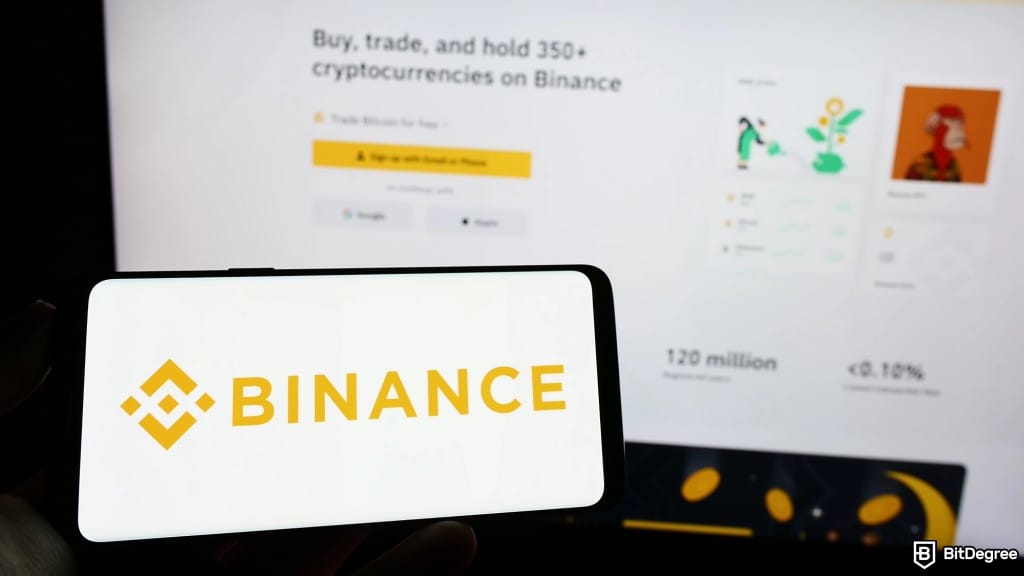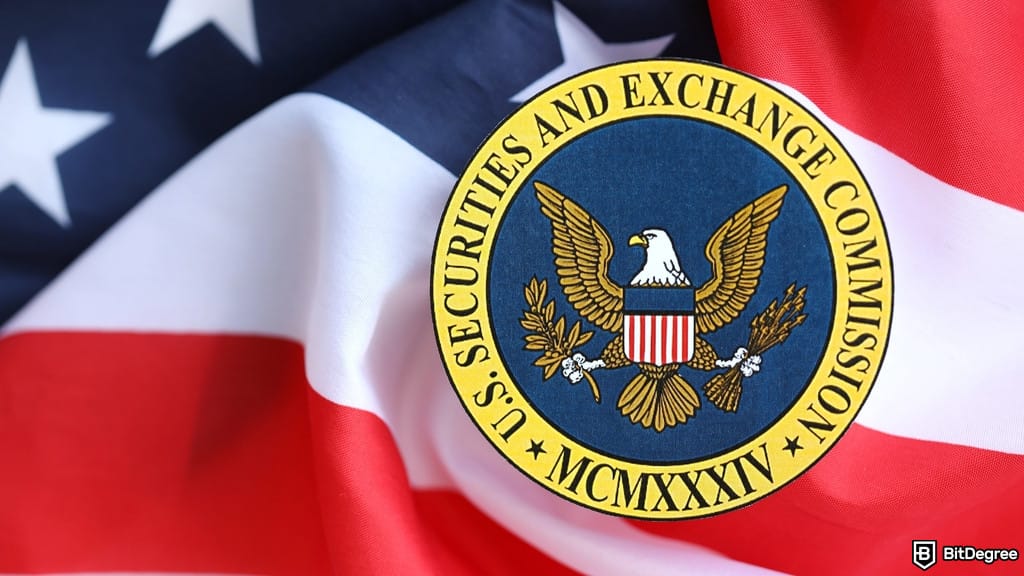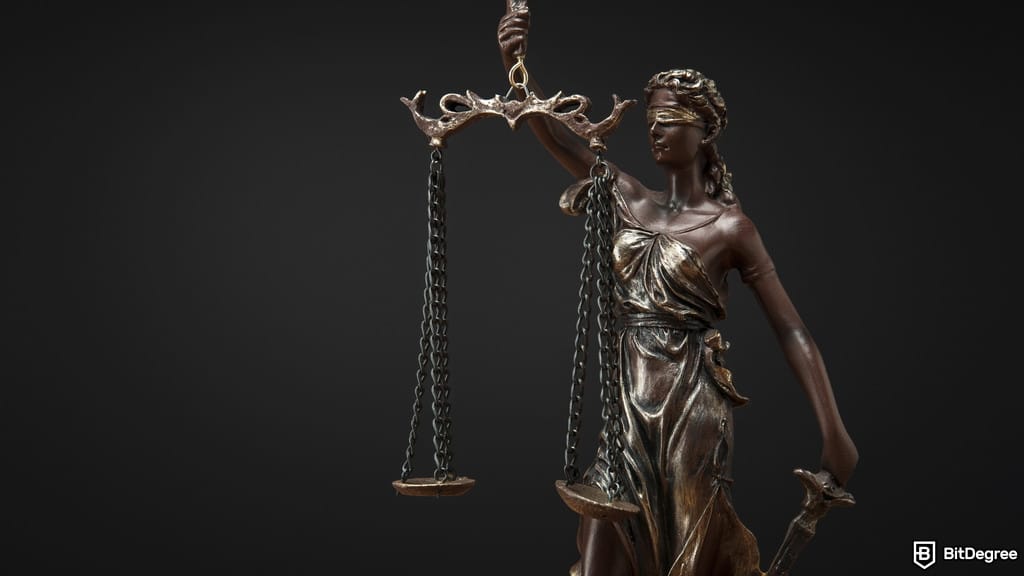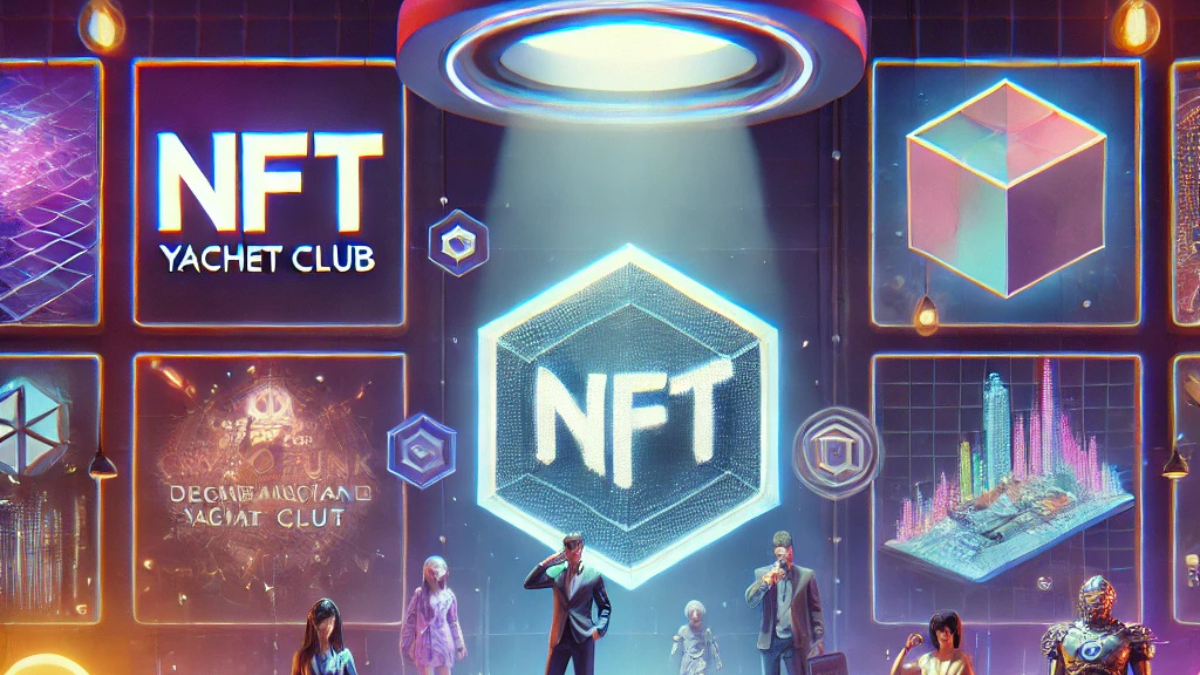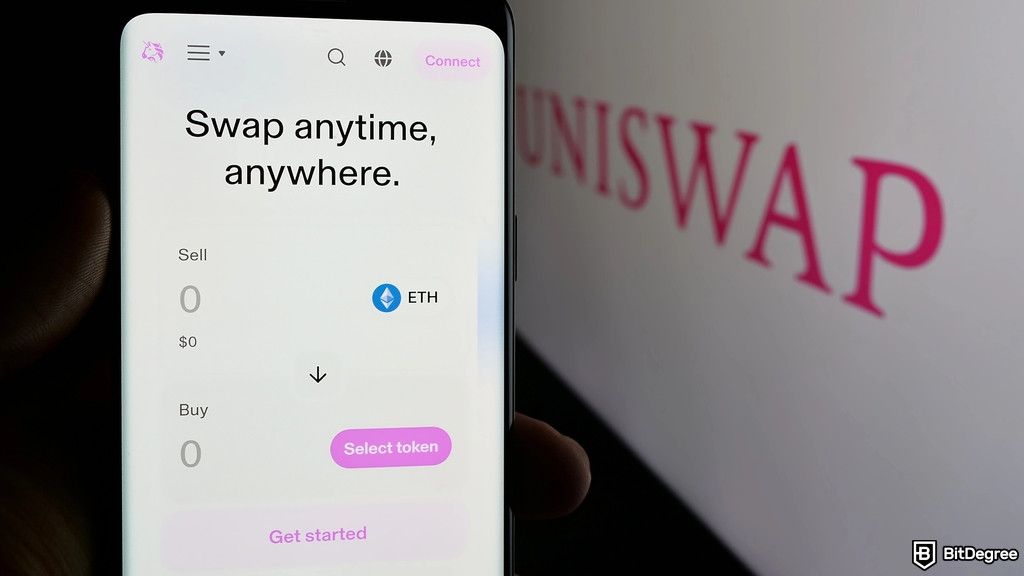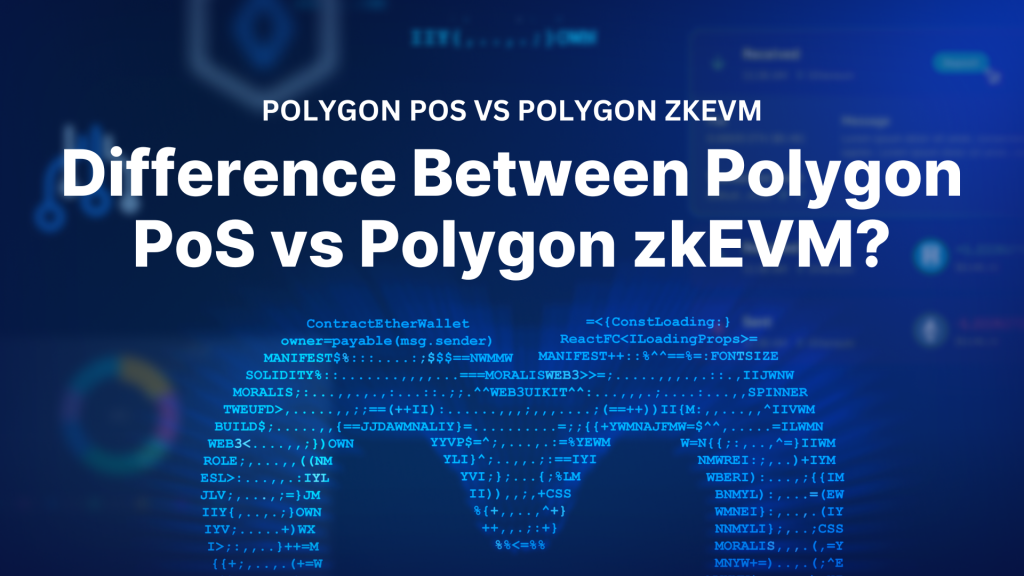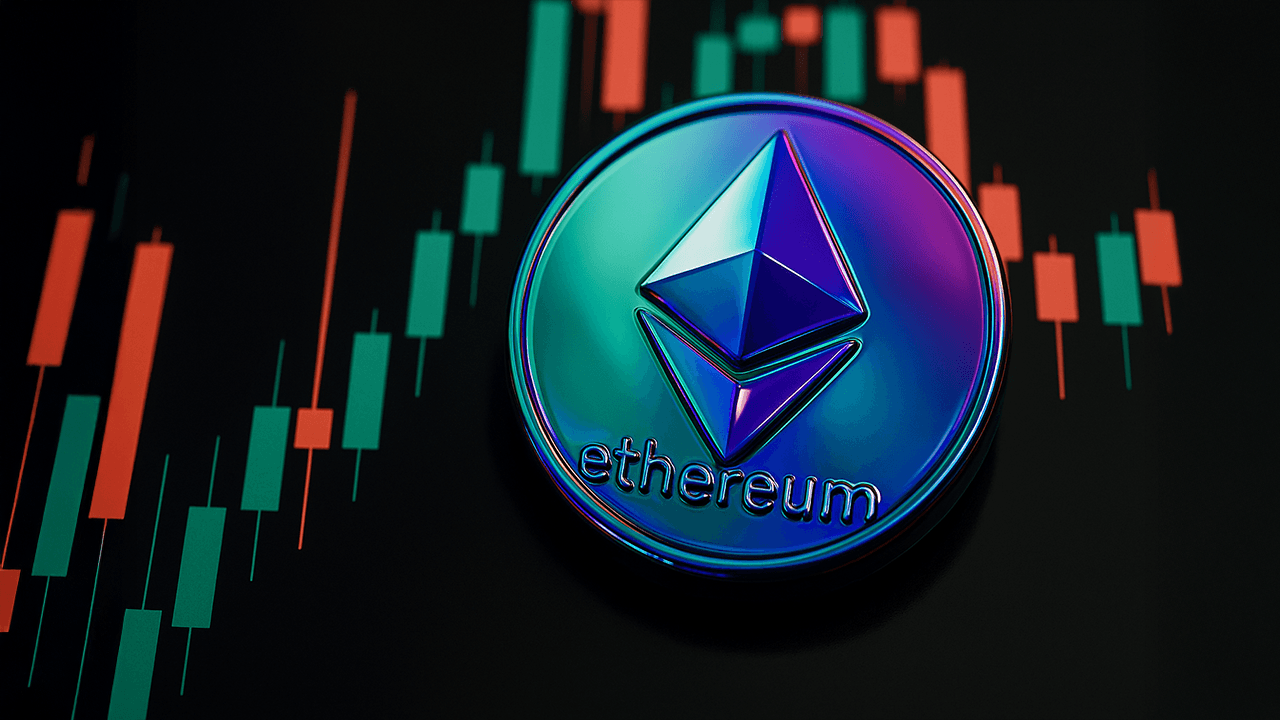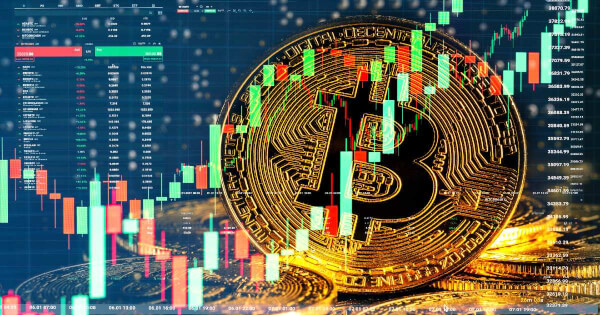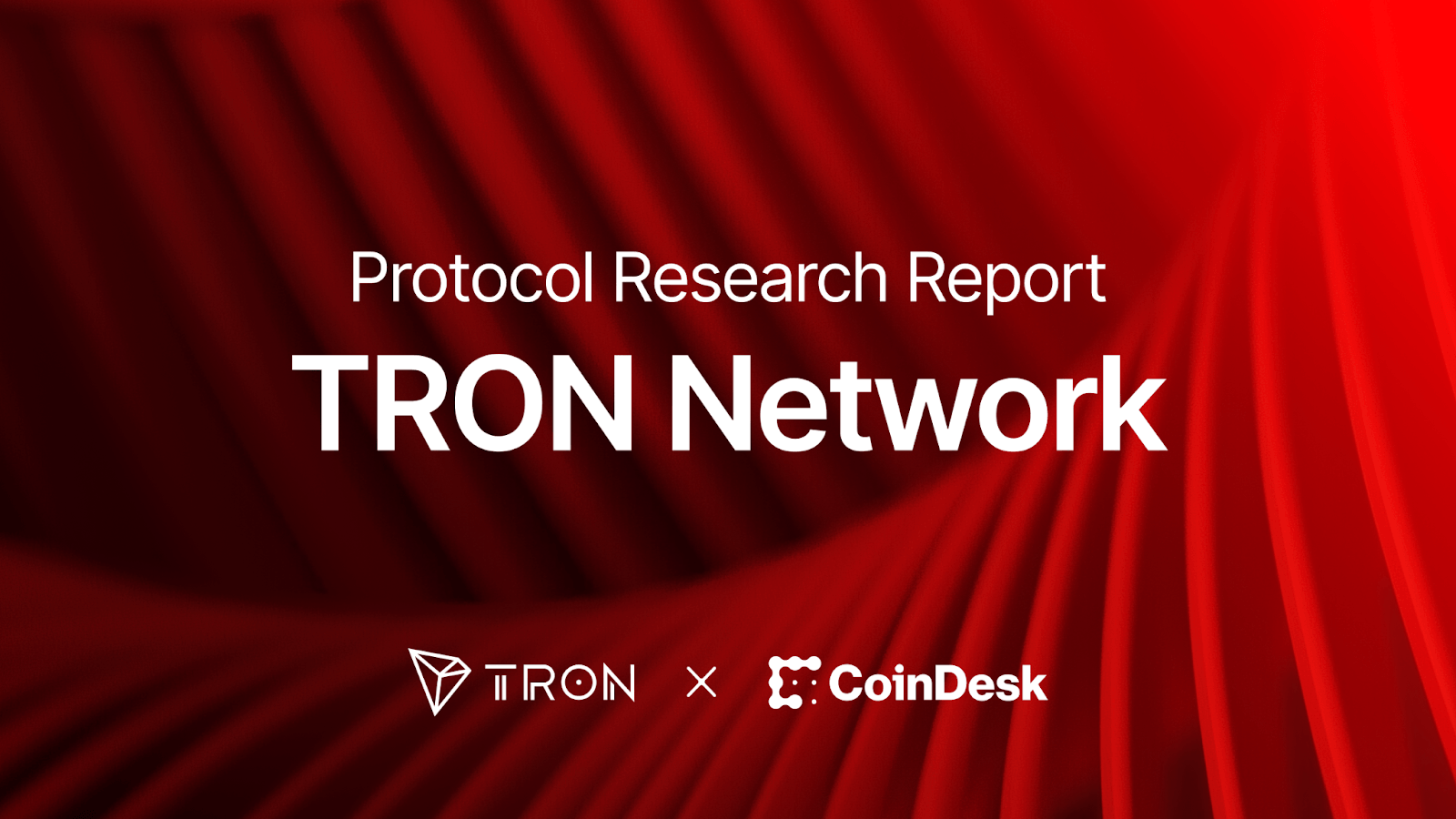Asset tokenization turns real or digital assets into tradable tokens on a blockchain. It’s already being used by banks, asset managers, and startups to reduce costs, improve transparency, and open access to previously locked markets. Unlike older financial systems, tokenized assets can be split, transferred, and settled instantly. This guide explains what asset tokenization is, how it works, and why it’s becoming a serious tool in global finance—not just a blockchain trend.
What Is Asset Tokenization?
Asset tokenization is the process of converting the ownership rights to a real or digital asset into a digital token on a blockchain. These tokenized assets can represent anything of value, including traditional assets like real estate, bonds, art, or commodities. The core innovation lies in how tokenization makes historically illiquid assets easier to access, trade, and own—all while reducing reliance on intermediaries.
Each token is a digital representation of a share in the underlying asset. This allows for fractional ownership, meaning that multiple people can own a portion of an asset that was previously too expensive or too illiquid for individual investors. For example, a single property worth $1 million can be split into 1,000 tokens, each representing 0.1% of the asset.
Tokenization enables assets to be traded 24/7 on digital platforms, just like digital assets such as cryptocurrencies. For financial institutions, it offers a more efficient and transparent way to issue, manage, and settle securities.
Why Asset Tokenization Matters Now
Asset tokenization is becoming more and more important because of macroeconomic pressure, technological readiness, and regulatory movement.
First, global markets are searching for liquidity. In high-interest, inflation-sensitive environments, financial institutions and investors now need fast, cheap access to capital. Tokenization unlocks value from historically illiquid assets, offering a new source of liquidity.
Second, the infrastructure has caught up. Blockchain networks now support scalable, compliant environments. Smart contracts are robust enough to handle complex asset logic, and custody solutions have matured.
Read more: What are smart contracts?
Third, regulatory momentum is accelerating. The European Union’s MiCA framework, Singapore’s Project Guardian, and the UK’s Digital Securities Sandbox all show that governments are preparing for tokenized markets. This gives institutional players the confidence to act.
Finally, generational demand is shifting. Digital-native retail investors expect assets to be accessible, fractional, and tradable online. Tokenization meets that expectation, unlike legacy investment vehicles.
Asset Tokenization Examples
Tokenization is already in active use across multiple industries. Below are some examples that show how different sectors apply this technology in practice.
Real-world asset tokenization
In 2023, JPMorgan used its private blockchain, Onyx, to tokenize BlackRock money market fund shares and execute intraday repo transactions. This was one of the first examples of real asset tokenization used in a live financial environment by a major institution.
In May 2025, HSBC launched Hong Kong’s first blockchain-based settlement service utilizing tokenized deposits. Developed in collaboration with Ant International, the service enables real-time, 24/7 payments in HKD and USD for corporate clients, enhancing the efficiency and security of transactions.
While not mainstream, blockchain is no longer experimental in finance. It’s becoming part of the core infrastructure, making transactions faster, more transparent, and more accessible to a wider range of investors.
Read more: Real-World-Assets in Crypto Explained: What It is & Why It Matters
Digital asset tokenization
Tokenization extends to digital-native assets as well. In the music industry, platforms like Royal allow artists to tokenize streaming rights. In 2022, Nas released royalty-sharing tokens for two of his songs, which sold out in minutes.
Media rights are also being tokenized. In 2023, Warner Bros. released the film “Superman: The Movie” as a tokenized NFT on the blockchain, offering proof of ownership and collectible perks.
Perhaps one of the most famous examples of tokenized assets is the first ever tweet: it sold for $2.9M in 2021. However, it’s important to note that many of these things happened just at the cusp of the NFT hype––many of these NFTs aren’t worth as much anymore, with the aforementioned first tweet now being worth less than $5. While the early hype led to some overvalued NFTs, the idea behind digital asset tokenization still holds up. Being able to prove ownership, track where something came from, and trade it directly without middlemen is useful.
Stay Safe in the Crypto World
Learn how to spot scams and protect your crypto with our free checklist.

In-game asset tokenization
While the early wave of blockchain games focused more on speculation than gameplay, the industry in 2025 is shifting toward real utility. Players now expect meaningful experiences—and tokenized assets that offer actual value.
In 2024, Ubisoft released Champions Tactics: Grimoria Chronicles, a PC strategy game built on the Oasys blockchain. Players can buy or forge NFT-based characters, with prices ranging from $7 to over $60,000. Despite a low-key launch, the project shows Ubisoft is still backing tokenized gaming assets.
Newer games like Guild of Guardians and Illuvium continue to lead the way in combining high-quality gameplay with real ownership. These titles give players the ability to earn, trade, and sell in-game items as NFTs, creating decentralized game economies. Major publishers are also testing out blockchain features in mainstream titles, hinting at a future where tokenized assets are the standard, not just a trend.
How Asset Tokenization Works
Tokenizing an asset s isn’t just about slapping a barcode on a house or a painting. It’s a process with clear technical and legal steps, each one making the asset easier to manage, divide, and trade.
Here’s how it works, step by step.
Asset selectionYou start with something that holds value, like a building, a painting, or a private equity stake. This can be a real-world asset or a digital-native one. The key is that the ownership or rights to this asset can be clearly defined.
Legal structuringNext, a legal wrapper is created—usually a special purpose vehicle (SPV) or trust—that holds the asset. This ensures the token is tied to enforceable ownership rights, not just a symbolic claim.
Asset valuation and compliance checksThe asset is appraised. Legal and regulatory checks are performed to make sure the token won’t violate securities laws. Jurisdictions like the U.S., EU, and Singapore all have different rules here, which must be followed.
Token creationSmart contracts are used to create tokens on a blockchain. Each token represents a specific share of the underlying asset. These tokens follow blockchain standards like ERC-20 or ERC-721, depending on whether the asset is fungible or unique.*
Custody and issuanceThe tokens are stored in digital wallets, while the physical or off-chain asset is held by a custodian. At this stage, the tokens can be issued to investors or users through a platform.
Secondary trading and managementAfter issuance, tokens can be traded on regulated exchanges or peer-to-peer. Smart contracts can also automate actions like dividend payments or compliance with investor restrictions.
*Most tokenization platforms are built on Ethereum or EVM-compatible blockchains, using smart contracts to define the asset logic. For example:
ERC-20: Used for fungible assets (e.g. tokenized shares in a fund)
ERC-721 or ERC-1155: Used for non-fungible or semi-fungible assets (e.g. real estate, art, or game items)
The smart contract handles the lifecycle of the token—minting, transfers, compliance rules, and optional payout functions. Off-chain data (like legal documents or appraisals) is linked via token metadata or external oracles.
In short: the legal world defines the asset and the blockchain enforces the rules.
Benefits of Tokenizing Real-World Assets
Here’s a breakdown of what asset tokenization actually delivers in practice.
Unlocking traditionally illiquid assets
Tokenization gives liquidity to assets that are difficult or slow to sell—commercial real estate, private equity, fine art, and more. By issuing tokens that represent ownership stakes, these assets can be traded in smaller units and on secondary markets.
For example, commercial buildings or warehouses can be split into thousands of tokens. Investors can trade these without waiting months for a full property sale or dealing with brokers and paperwork.
Enabling fractional ownership
High-value financial assets—like trophy real estate or blue-chip art—are out of reach for most investors. Tokenization solves this by enabling fractional ownership. You don’t need $5 million to buy a building. You can invest $500 and still hold a verifiable share.
More efficient asset management
Asset managers benefit from tokenization through faster settlements, automated compliance, and real-time reporting. Smart contracts handle dividend payments, voting rights, and transfers. This cuts down on admin costs and delays, especially in cross-border transactions.
It also improves transparency. Every token transfer is logged on-chain, offering an auditable history without the need for manual reconciliation.
Lower entry barriers for global investors
Since tokenized assets live on blockchain networks, they can be traded 24/7 without relying on centralized exchanges or national borders. This global access increases the potential investor base and improves price discovery, especially for niche or undervalued assets.
Better liquidity for asset holders
Owners of real-world assets often face long timelines to liquidate value. Tokenization allows them to sell small portions without giving up control of the entire asset. This flexibility makes it easier to unlock capital while maintaining long-term exposure.
Greater transparency and trust
In traditional systems, asset ownership is often unclear, slow to verify, or reliant on third parties. Tokenized assets use a blockchain’s public ledger to provide instant proof of ownership and transaction history. This improves trust for both investors and regulators.
Use Cases Across Asset Classes
Tokenization isn’t limited to one type of asset. It’s flexible and can be applied across nearly every asset class in today’s financial markets. The result is increased market efficiency, reduced transaction costs, and access to broader investor pools. Here’s how tokenized assets are being applied in different sectors:
Real estateTokenization allows commercial and residential properties to be broken into tradable shares. Investors can buy fractions of buildings, access rental income, and trade their shares without selling the whole asset.
Equities and private sharesPrivate company shares are usually illiquid and hard to transfer. Tokenizing them simplifies cap table management, enables peer-to-peer trading, and can allow earlier liquidity for founders and investors.
Fixed income and bondsGovernment and corporate bonds can be tokenized to allow faster settlement, global accessibility, and lower issuance costs. Smart contracts can automate coupon payments and maturity redemptions.
CommoditiesAssets like gold, oil, or agricultural products can be tokenized and traded in real-time. This reduces the need for physical settlement and increases pricing transparency.
Art and collectiblesTokenizing high-value art lets investors hold partial ownership and trade on secondary markets. Provenance and authenticity can be embedded in the token’s metadata, reducing fraud.
Intellectual property and royaltiesTokenization makes it possible to split and sell future income streams from patents, music, film, or brand rights. This helps creators and rights holders raise capital while retaining control.
Funds and investment productsTokenized mutual funds, hedge funds, and ETFs can offer daily liquidity, real-time reporting, and borderless investor access without traditional intermediaries.
Insurance and structured productsInsurance-linked securities or structured notes can be tokenized to provide transparency and reduce risk exposure through smart contract logic and automated payouts.
Tokenization adapts to any asset class where ownership rights can be defined. It doesn’t just modernize how assets are traded—it redefines what’s even tradable in the first place.
Risks and Challenges
Tokenizing real-world and crypto assets brings clear benefits, but it also introduces certain risks. These challenges affect both investors and issuers and must be addressed for tokenization to scale safely and sustainably.
Custody and asset backing
Tokenized assets are only as secure as the link between the token and the actual asset. If the physical asset is mismanaged or the custodian fails, token holders may lose value. This risk grows when custody is centralized or poorly regulated.
Regulatory and legal considerations
Laws around crypto assets and tokenized securities are still evolving. Issuers must navigate securities regulations, AML/KYC rules, and cross-border compliance. Regulatory clarity is improving but remains fragmented, especially across major markets like the U.S., EU, and Asia.
Technical vulnerabilities
Smart contracts can fail, and bugs in code or protocol vulnerabilities can lead to lost funds or exploits. Once deployed, smart contracts are hard to update without introducing governance complexity or centralization risks.
Market fragmentation and low liquidity
Many tokenized assets trade on isolated platforms with limited buyers, the success and longevity of which often depend on unpredictable factors such as user trust.
Without unified infrastructure or institutional adoption, fractional ownership alone doesn’t guarantee market efficiency. Illiquid markets can trap investors despite the promise of 24/7 trading.
The Future of Asset Tokenization and RWAs
In 2025, asset tokenization has made a clear shift from a niche innovation to a practical tool used by some of the world’s largest companies and institutions. BlackRock, HSBC, and JPMorgan have all begun integrating blockchain into parts of their operations—moving beyond pilots and into real deployment.
The market for tokenized real-world assets (RWAs) grew quickly. In 2023, it was valued at around $5 billion. By May 2025, that number had climbed to somewhere between $22 and $25 billion. This growth was driven by increased interest in the core benefits tokenization offers: better liquidity, fractional access to assets, and improved transparency across transactions.
Regulation has also started to take on a more defined shape. In the U.S., lawmakers pushed new legislation forward to create clearer frameworks for digital assets. Meanwhile, countries in Europe, Asia, and the Middle East launched or expanded regulatory sandboxes to support experimentation without exposing traditional markets to unnecessary risk.
Final Words
Asset tokenization is already changing how parts of the financial system work. It opens up access to assets that were once out of reach, cuts out intermediaries, and speeds up transactions while lowering costs. But the road to widespread adoption isn’t just about the tech—it’s about everything around it. Clear regulations, stronger infrastructure, and real market demand still need to catch up. The technology is ready. The real question is: are the institutions, regulators, and the public ready, too?
FAQ
What is the difference between tokenised assets and traditional securitization?
Traditional securitization bundles traditional assets into financial products sold through intermediaries. Asset tokenization uses digital tokens to directly represent ownership of real-world assets, enabling peer-to-peer trading and real-time settlement in capital markets.
Are tokenized assets legally enforceable ownership rights?
In many jurisdictions, yes—but it depends on your local laws. If properly issued as security tokens or through regulated wrappers, tokenized assets can grant enforceable rights tied to underlying real-world assets.
How secure is asset tokenization? Can tokens be hacked or lost?
The blockchain layer is highly secure, but digital tokens can still be lost due to wallet mismanagement or hacked smart contracts. Custody solutions and secure key management are very important for protecting tokenized assets.
How liquid are tokenized RWAs in today’s market?
Liquidity is still limited. While asset tokenization enables 24/7 trading, actual market depth for many tokenized RWAs remains shallow, especially on smaller platforms without institutional participation.
Do I need to use cryptocurrency to invest in tokenized assets?
Not always. Some platforms accept fiat payments and issue security tokens without requiring crypto. However, many tokenized offerings still operate within crypto-native infrastructure, so having a blockchain wallets helps.
Disclaimer: Please note that the contents of this article are not financial or investing advice. The information provided in this article is the author’s opinion only and should not be considered as offering trading or investing recommendations. We do not make any warranties about the completeness, reliability and accuracy of this information. The cryptocurrency market suffers from high volatility and occasional arbitrary movements. Any investor, trader, or regular crypto users should research multiple viewpoints and be familiar with all local regulations before committing to an investment.

